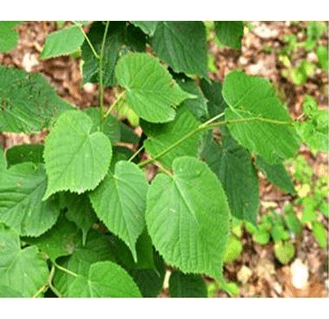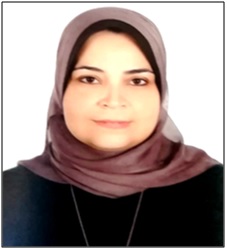CYTOTOXIC EFFECT AND PHYTOCHEMICAL STUDY OF PETROLEUM ETHER EXTRACT OF TILIA CORDATA MILL
Keywords:
Aerial parts, chemical composition, cytotoxicity, petroleum ether extract, Tilia cordataAbstract
Objective: The aim of this research was to investigate the chemical composition of petroleum ether extract of Tilia cordata aerial parts as well as to evaluate its cytotoxic activity.
Methods: Gas chromatography and gas chromatography–mass spectrometry (GC-MS) were used to analyze the unsaponifiable matter and fatty acid methyl esters. Moreover, the cytotoxicity was examined against human hepatoma HepG2 cell line and breast adenocarcinoma MCF cell line.
Results: The result showed that thirteen compounds were identified in the fatty acid methyl esters fraction representing 93.71% of the total identified peak area. The major compounds were Octadecanoic acid methyl ester (36.26%) and eicosanoic acid methyl ester (29.42%), whereas nineteen compounds in the unsaponifiable fraction were identified representing 90.56 % of the total beak area. The major compounds were 1-Nonene (30.44%), 1-Hexadecene (24.83%) and phytol (10.40%). Moreover, petroleum ether extract showed a potent cytotoxic effect against human hepatoma HepG2 cell line and a moderate cytotoxic effect on breast adenocarcinoma MCF7 human tumor cell line.
Conclusion: So the current research aims to be the first step toward the use of petroleum ether extract of Tilia cordata aerial parts as a potent cytotoxic drug.

Peer Review History:
Received 9 June 2019; Revised 12 July; Accepted 28 August; Available online 15 September 2019
Academic Editor: Dr. Ali Abdullah Al-yahawi , Al-Razi university, Department of Pharmacy, Yemen, alyahawipharm@yahoo.com
, Al-Razi university, Department of Pharmacy, Yemen, alyahawipharm@yahoo.com
Reviewer(s) detail:
Dr. Mohamed Said Fathy Al-Refaey , University of Sadat City, Menofia, Egypt, Mohamed.said@fop.usc.edu.eg
, University of Sadat City, Menofia, Egypt, Mohamed.said@fop.usc.edu.eg
Prof. Dr. Ali Gamal Ahmed Al-kaf , Sana'a university, Yemen, alialkaf21@gmail.com
, Sana'a university, Yemen, alialkaf21@gmail.com
Prof. Dr. Hüsniye Kayalar , Ege University, Turkey, husniyekayalar@gmail.com
, Ege University, Turkey, husniyekayalar@gmail.com
Downloads

Published
How to Cite
Issue
Section

This work is licensed under a Creative Commons Attribution-NonCommercial 4.0 International License.









 .
.